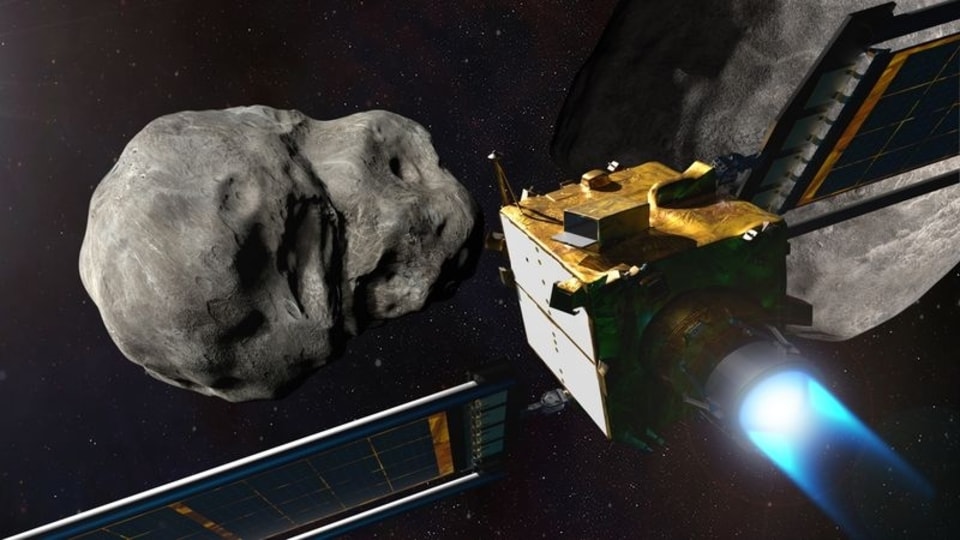Wow! Second by second account of NASA craft crashing on Asteroid; check in photos
NASA’s first planetary defense test took place on September 26, in a bid to protect the planet against dangerous asteroid impact. This was captured by a satellite called CubeSAT and here you can catch the encounter down to the last seconds.
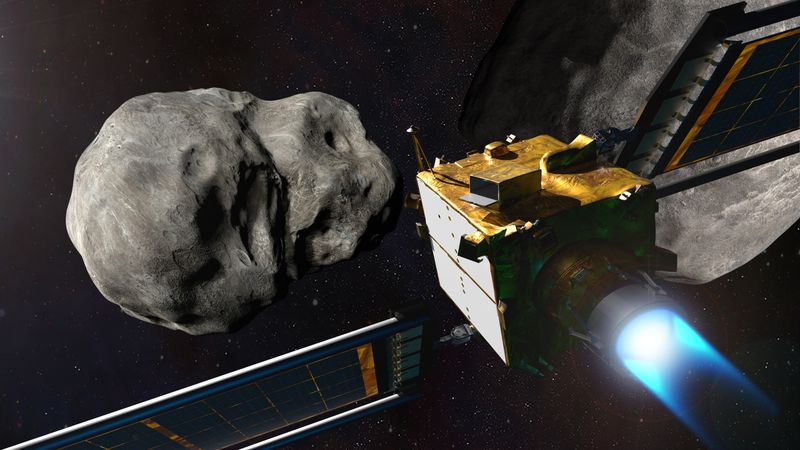
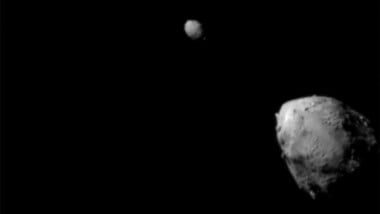

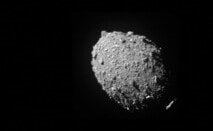
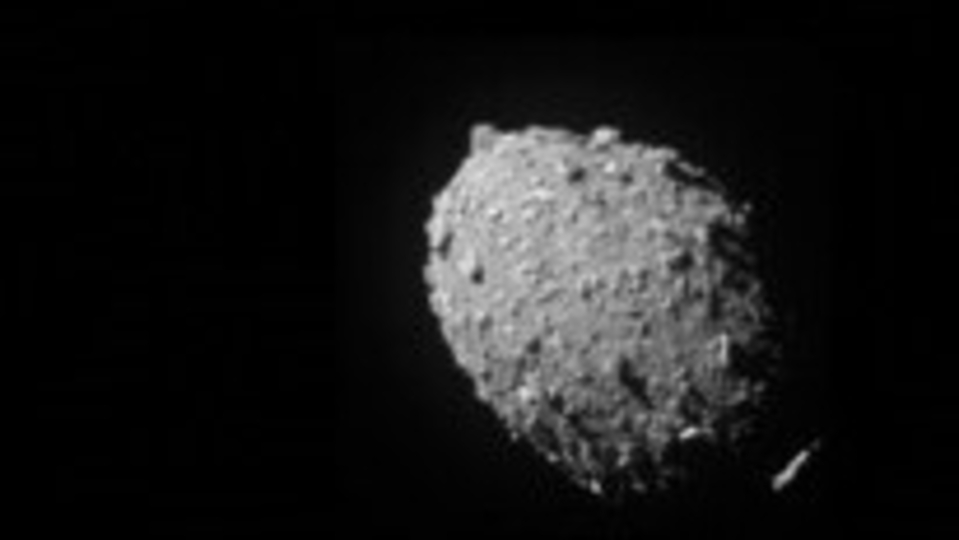
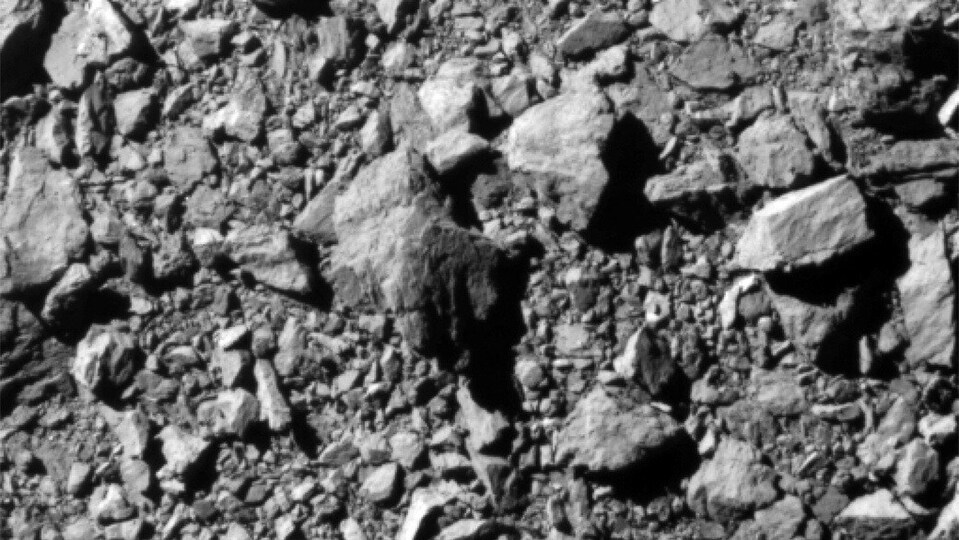


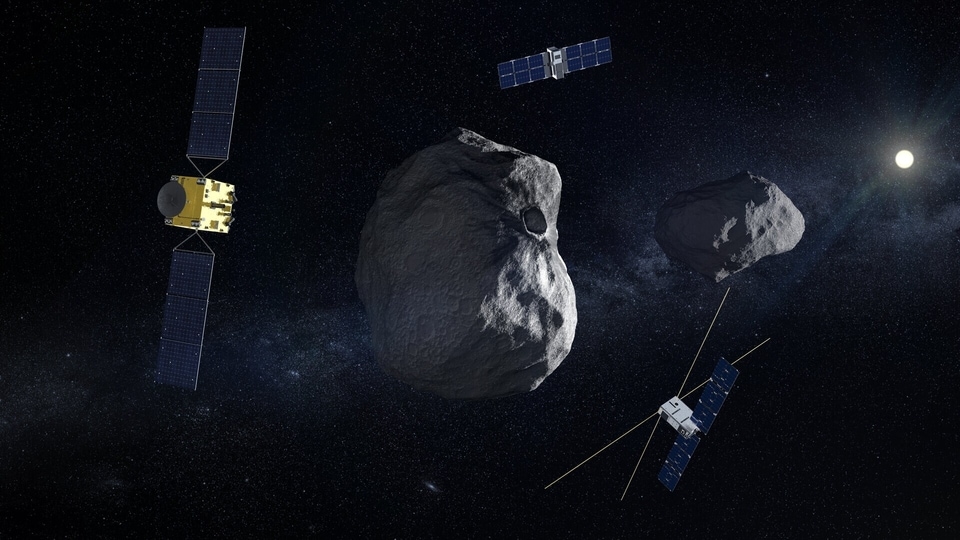
First Published Date: 29 Sep, 17:45 IST
NEXT ARTICLE BEGINS


